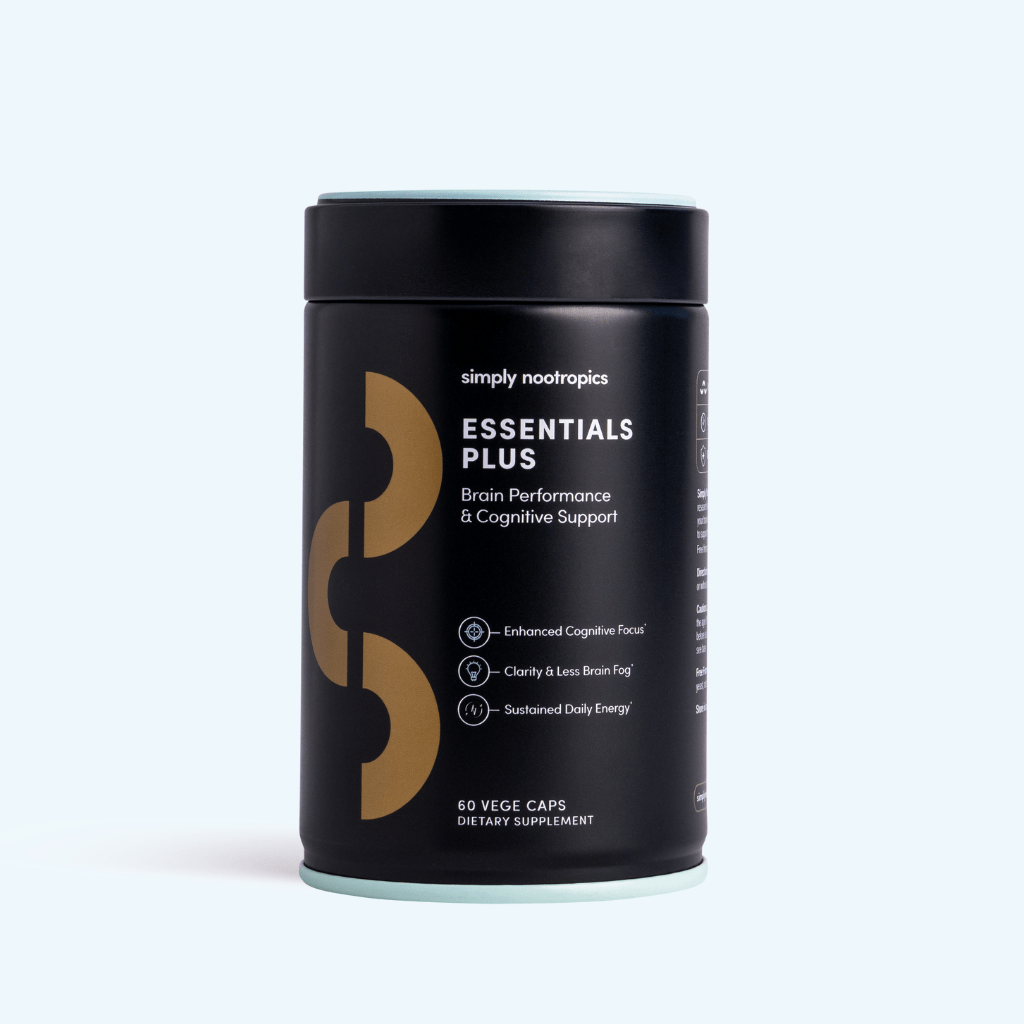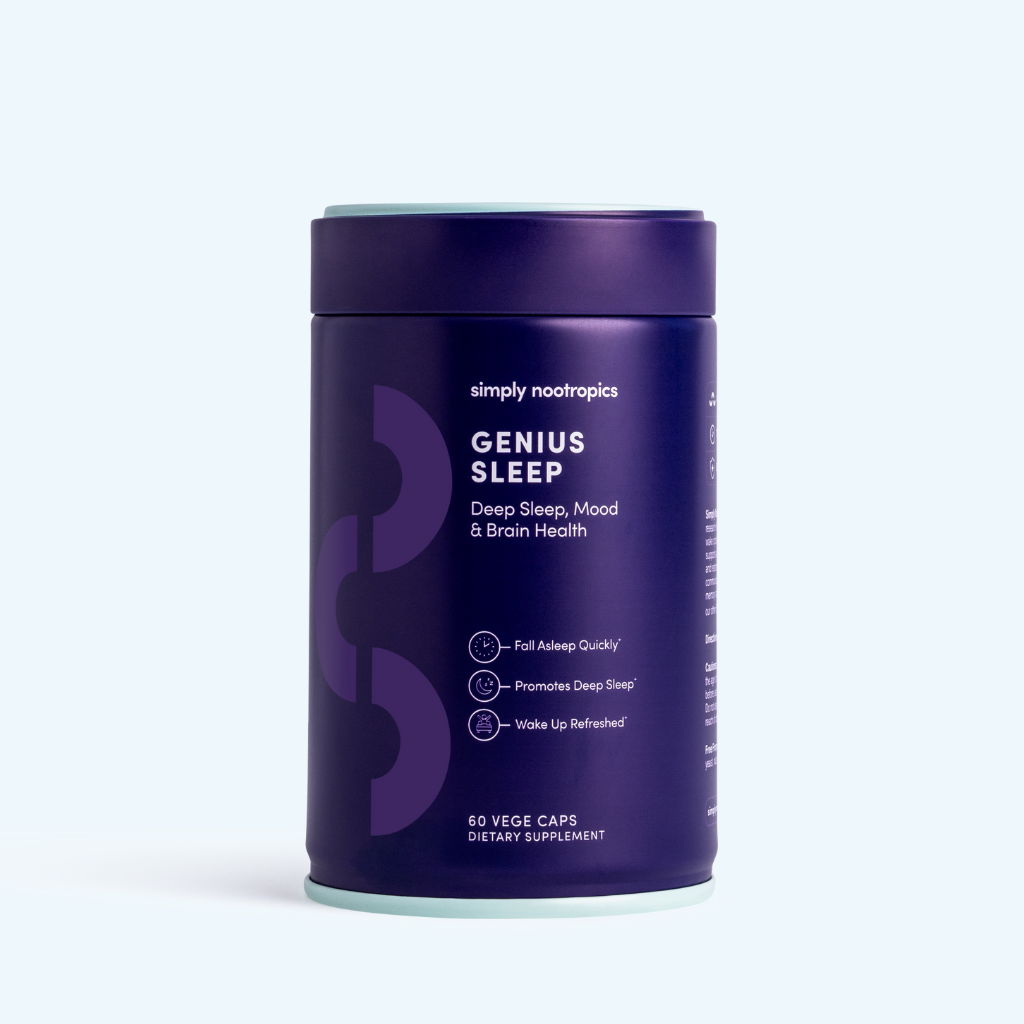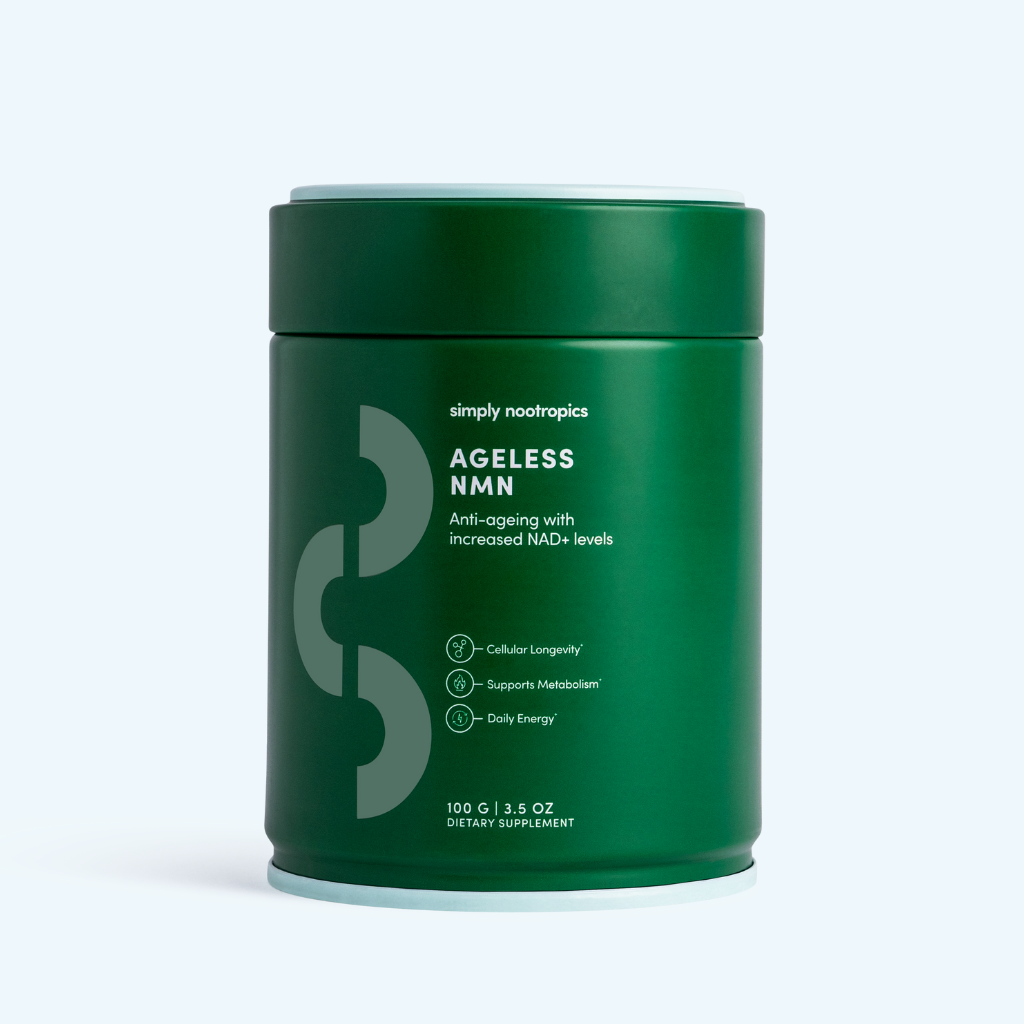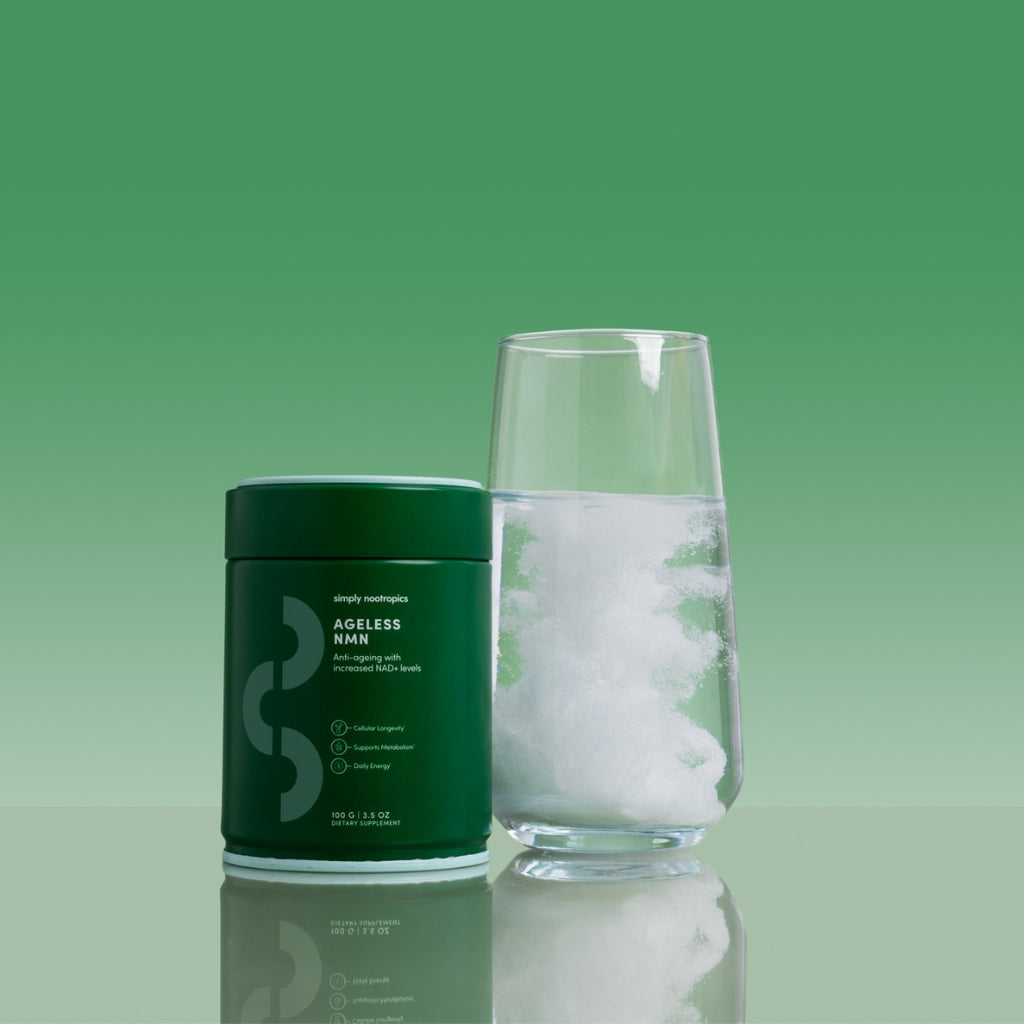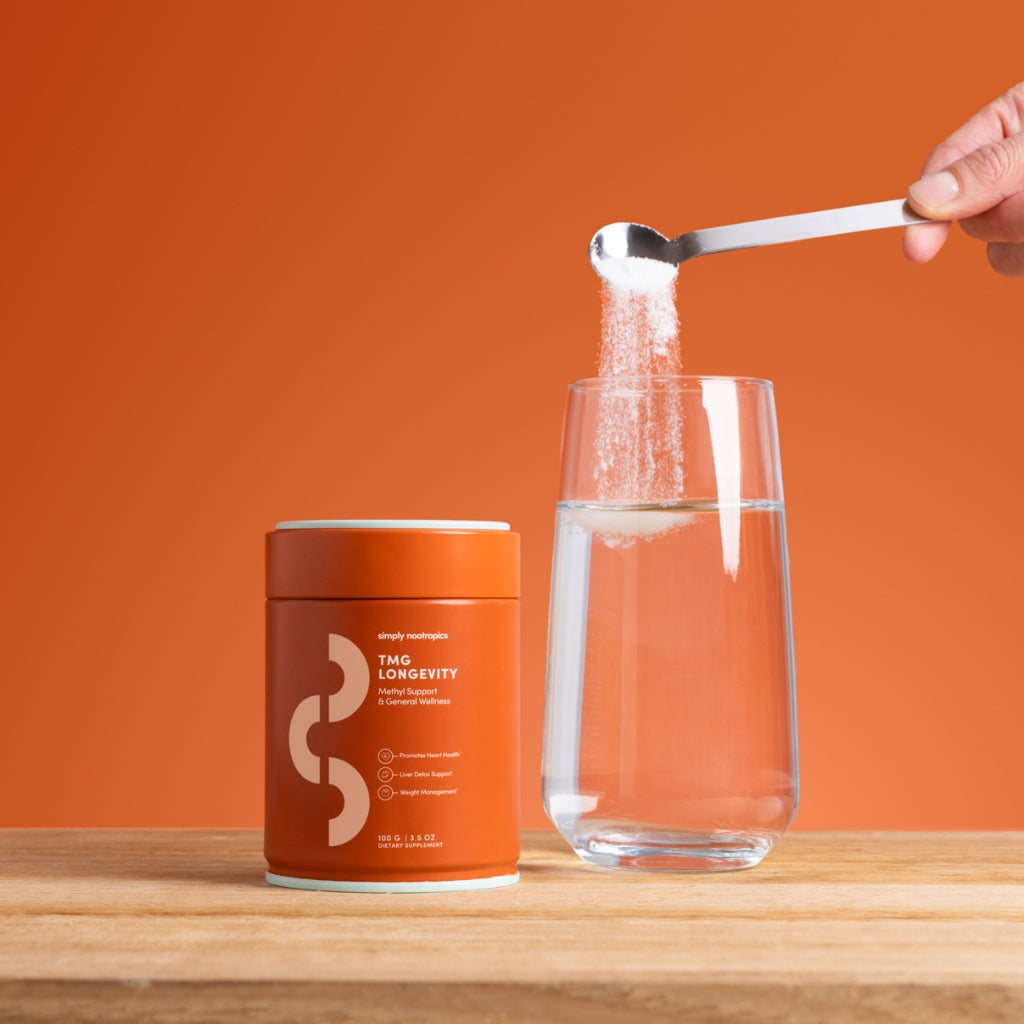This week’s roundup blends the microscopic with the macro-zooming from baby microbiomes to mammalian gene families, neighbourhood sidewalks to cognitive decline. These new studies don’t just reveal what shapes how long we live, they offer insight into how we can live better, starting now.
-
The Link Between Late Nights and Faster Cognitive Decline
For years, being a “night owl” has been associated with creativity, flexibility, and academic success. But a new longitudinal study suggests that people with a late chronotype, particularly those with higher education levels, may be at greater risk of cognitive decline as they age.
Researchers at the University of Groningen followed over 23,000 adults for more than a decade. What they found was startling: people who naturally stay up later, especially those with university degrees, showed steeper cognitive decline compared to their early-bird counterparts.
Why would more education make things worse? It’s not about the education itself, it’s about what comes with it. The study identified lifestyle habits more common among night owls: smoking, alcohol use, sedentary behaviour, and poor diet. Together, these accounted for roughly 25% of the observed decline. Higher education often means greater flexibility in work hours, which may allow night owls to lean harder into behaviours that affect long-term brain health.
While changing your chronotype isn’t easy, adopting supportive habits, like reducing inflammation, improving sleep, and supporting brain energy metabolism, can help protect against decline. We’ll come back to that.
-
Why Some Mammals Live So Much Longer Than Others
Ever wonder why a bowhead whale can live for over 200 years, while a mouse gets barely two? A new bioinformatics study from a multinational team of scientists has provided fresh insight into that question, by comparing gene family expansions across 46 mammalian species.
Out of over 4,000 gene families analyzed, 236 were found to be strongly associated with longevity. The researchers discovered that many of these gene families are involved in immune function, supporting the growing idea that immune complexity, and not just metabolic rate or size, plays a central role in lifespan.
Interestingly, relative brain size also appeared to be a significant factor. Larger brains (relative to body size) are linked to higher energy use, slower development, and longer lifespans. The trade-off? More time to mature, but more capacity to regulate stress, plan for the future, and recover from illness.
The takeaway here isn’t to compare ourselves to whales, but to understand how long life is shaped by deeper layers of repair, defence, and complexity. Immune resilience, brain energy, and stress regulation all form the foundation of a longer, healthier life.
-
The Microbiome May Protect Babies from Viral Infections
Speaking of immune resilience, another study released this week underscores the importance of the gut microbiome, starting from birth.
Researchers in the UK tracked over 1,000 infants from birth through age two, and found that babies with a particular gut bacteria profile at just one week old were significantly less likely to be hospitalised for viral respiratory infections. These children had gut communities rich in beneficial bacteria that appeared to prime their immune systems more effectively.
One key finding? Babies born vaginally were far more likely to develop this protective microbiome early on, compared to those born via C-section. This aligns with growing evidence that early microbial exposure helps train the immune system and may have long-lasting impacts on susceptibility to infection and inflammation.
What’s remarkable is how these early microbial influences may echo throughout life. A strong, regulated immune system isn’t just relevant in infancy, it affects everything from skin health to cardiovascular function and ageing.
And as we’ll see in the next study, the environment we grow up and live in continues to shape these outcomes.
-
The Role of Neighbourhood Design in Physical Health
It’s easy to blame motivation for inactivity. But a recent study out of Spain reminds us that behaviour is deeply shaped by design.
In the urban landscape of Bilbao, researchers used a participatory method to explore how neighbourhood infrastructure affects people’s activity levels. What they found was clear: people are more likely to move when cities make it feel safe, appealing, and convenient.
Sidewalks, green spaces, and multipurpose public areas aren’t just nice-to-haves. They’re health infrastructure. Areas with accessible and well-maintained public spaces saw more residents walking, biking, and spending time outdoors. These behaviours, in turn, are linked to lower rates of obesity, better cardiovascular health, and improved longevity.
It’s a good reminder that health doesn’t happen in isolation. Our biology might be built in, but our environment often decides how well that biology can express itself.
Connecting the Dots: Energy, Immunity, and Longevity
Across all four studies, certain patterns repeat: the importance of immune strength, the role of mitochondrial energy, the impact of stress and lifestyle, and the fact that many small inputs over time shape our long-term health trajectory.
If we zoom out, we see the central role of cellular repair and energy balance in supporting both brain and body. Whether it's brain aging in night owls, immune readiness in newborns, or energy efficiency in long-lived mammals, much comes down to how well our cells can maintain themselves under pressure.
That brings us to a molecule that’s increasingly recognised in both ageing and immunity research: NAD+. NAD+ (nicotinamide adenine dinucleotide) is a coenzyme found in every cell in your body. It’s required for mitochondrial energy production, DNA repair, and cellular signalling, all of which decline with age. As NAD+ drops, so does your body’s ability to maintain itself.
NMN (nicotinamide mononucleotide) is a well-researched NAD+ precursor that supports your body’s natural production of this essential molecule. NMN has been studied for its effects on cellular energy, metabolic health, cognitive function, and even cardiovascular resilience.
For those looking to maintain energy, clarity, and repair capacity as they age, or counteract the long-term effects of poor sleep, stress, or environmental exposure, Ageless NMN can offer targeted support. Our formula is made with pure, bioavailable NMN, designed to support NAD+ production and help your cells keep up with life’s demands. It’s third-party tested, easy to absorb, and free from unnecessary fillers. Many people use it to support clearer thinking, sustained energy, and a sense of vitality that doesn’t fade by mid-afternoon.



